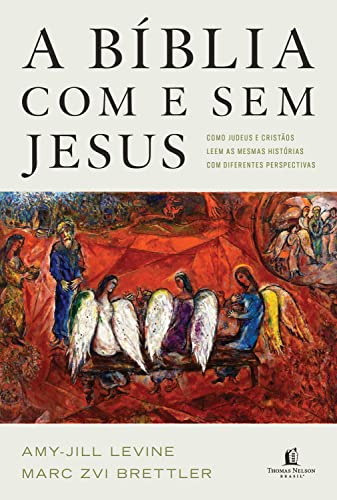What do you think?
Rate this book


Paperback
First published October 27, 2020
(1) A historical-critical reading of the text’s “original meaning”I was partly prompted to read this book because of my feelings of discomfort with the way Christians have appropriated Hebrew Scriptures to mean things that the original writer could not have intended. It's an example of proof-texting which I know has in some cases led to crazy conclusions. Since the authors of this book are both Jewish I felt I could trust them to represent the Hebrew position fairly. This book makes clear that all sides in this business of interpreting the Bible are proof-texting, and reputable theologians are not particularly concerned about what the original writer intended.
(2) The appropriation of that text within the New Testament text and often by early Christian writers
(3) The appropriation of the same text by the early rabbinic tradition usually ending with the Mishnah but sometimes extending through the Talmud or even medieval commentators.
The ongoing interpretation of prophetic texts exemplifies the distinction between what a text meant and what the text means. As we shall see throughout this book the two can be quite different. One way to generate the difference is through proof-texting.The above quote from Shakespeare is something with which I agree.
The term “proof-text" and the verb “proof-texting” exemplify Antonio’s “The devil can cite Scripture for his purpose” in Shakespeare’s The Merchant of Venice.